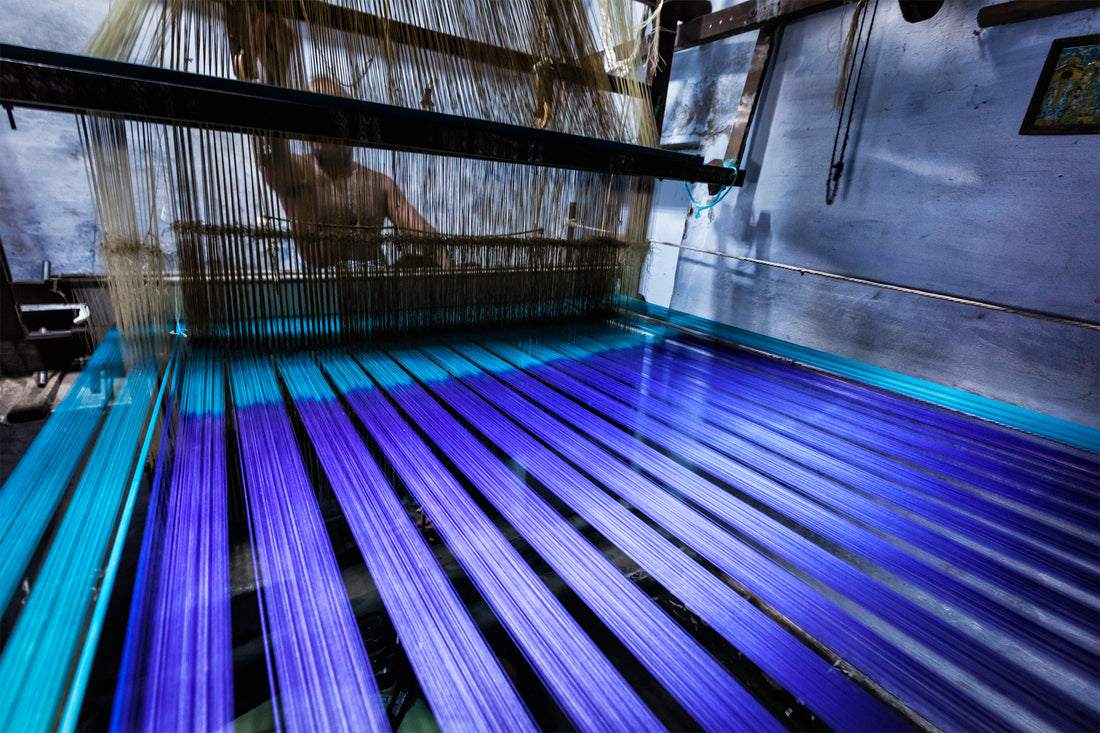
Saree - Connecting ancient India to 21st century
Share
The Indian saree, also known as sari, is a traditional garment worn by women in India and other South Asian countries. The saree has a rich history that spans thousands of years and has evolved over time to become the elegant and versatile garment that it is today.
The earliest evidence of the saree can be traced back to the Indus Valley Civilization, which flourished in present-day Pakistan and northwest India around 2500 BCE. Terracotta figurines from this civilization depict women wearing garments that resemble the saree.
In ancient India, the saree was worn by women of all classes, and it was an integral part of daily life. The saree was worn in a variety of styles, depending on the region and the occasion. For example, in the northern regions, the saree was worn in a style known as the "dhoti wrap," where the saree was wrapped around the waist and tucked into the waistband, similar to how a dhoti is worn. In the southern regions, the saree was worn in a style known as the "mekhela chador," where the saree was draped over the head and tucked into the waistband.
In the Mughal era, the saree became more elaborate and ornate. The Mughals introduced new fabrics and designs to India, such as silk and gold thread embroidery. The saree also became a status symbol, with the wealthy and royalty wearing sarees made of expensive fabrics and adorned with intricate designs.
During the British colonial period, the saree faced a decline in popularity as Western clothing became more prevalent. However, the saree continued to be worn by rural women and in certain traditional and religious ceremonies.
In 1900's, the saree experienced a resurgence in popularity, thanks in part to the efforts of Indian leaders such as Mahatma Gandhi, who encouraged the adoption of traditional Indian clothing as a symbol of national.
In this 21st century, Indian women across the globe is looking at saree as a symbol connecting them to their ethnic roots in India. Celebrations and Festivals cannot go without an Indian saree.
Check out our festival collections on jaffy.com.au
